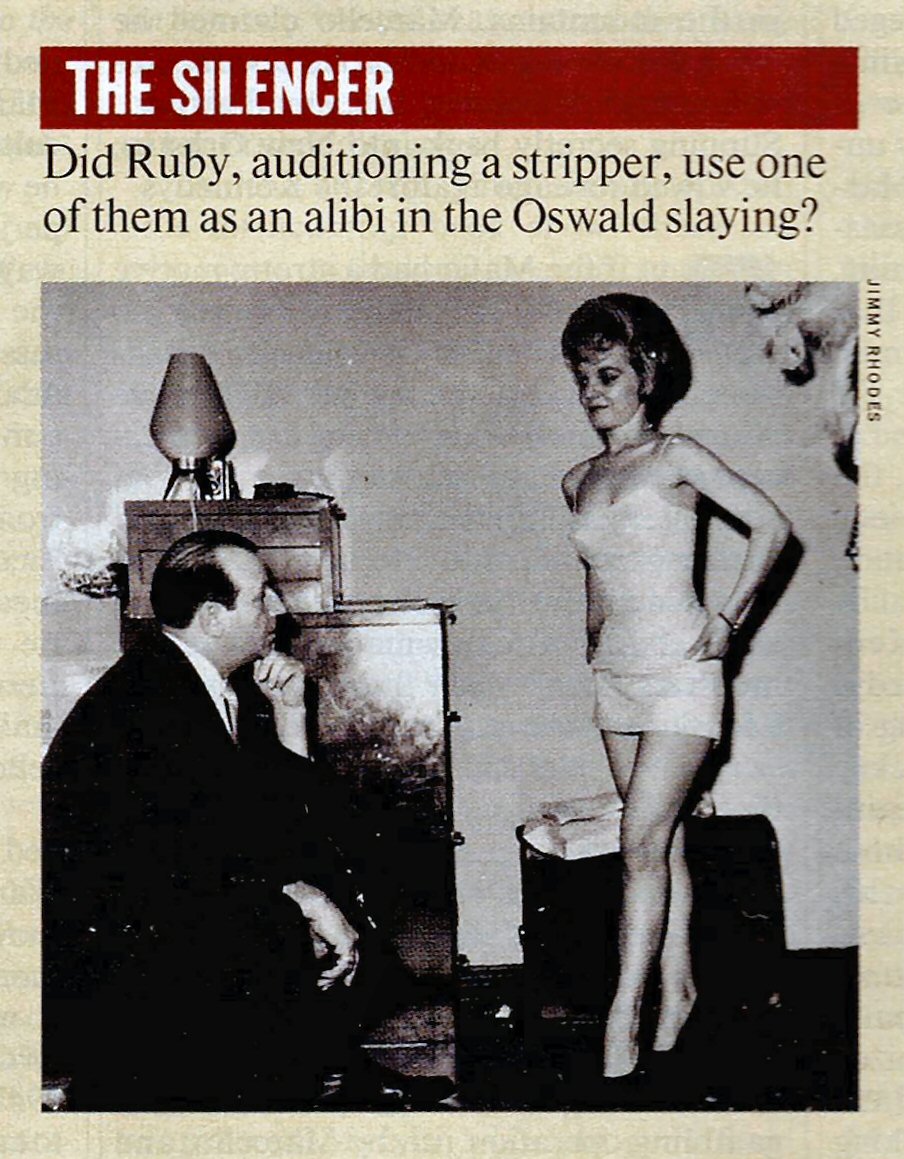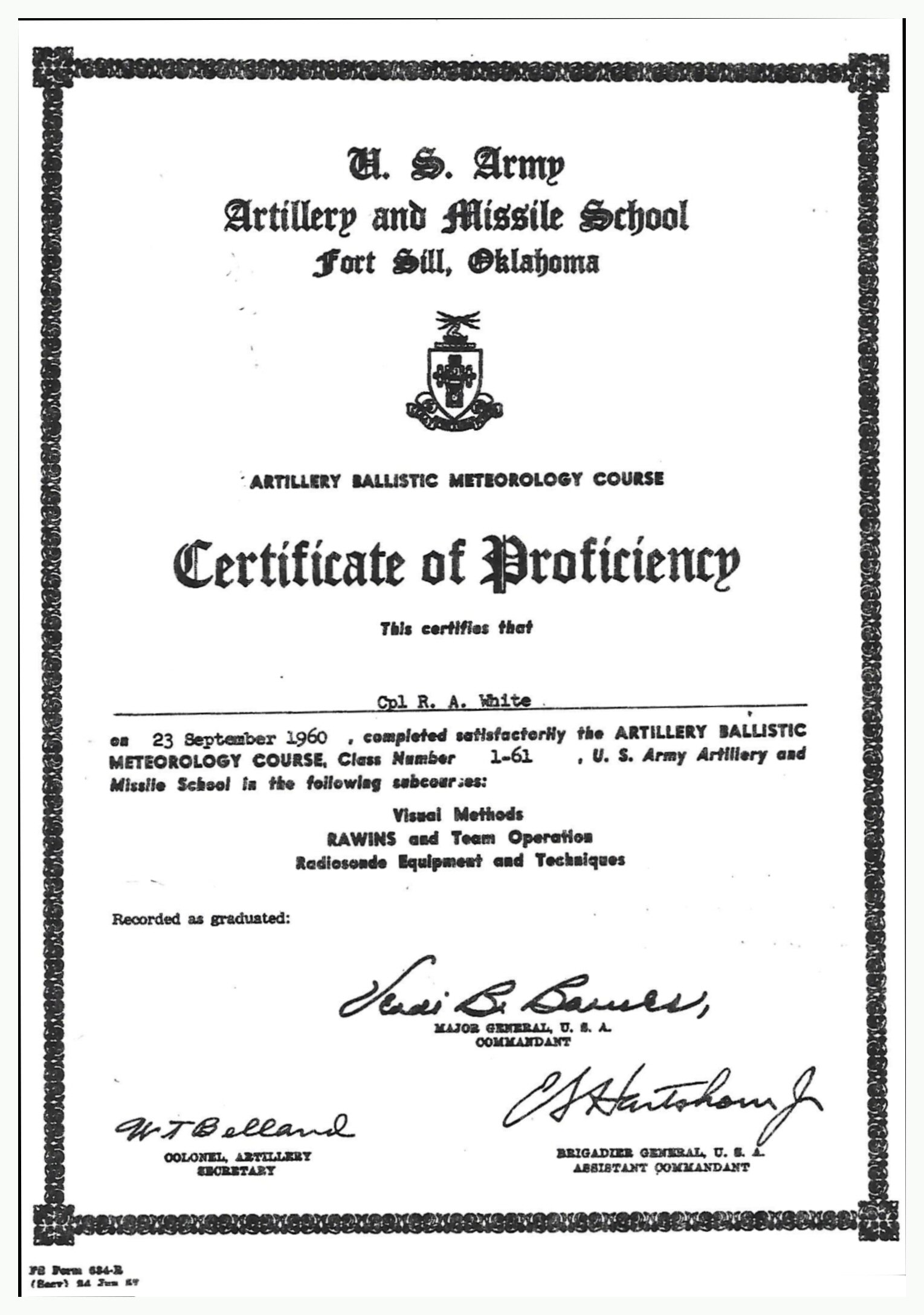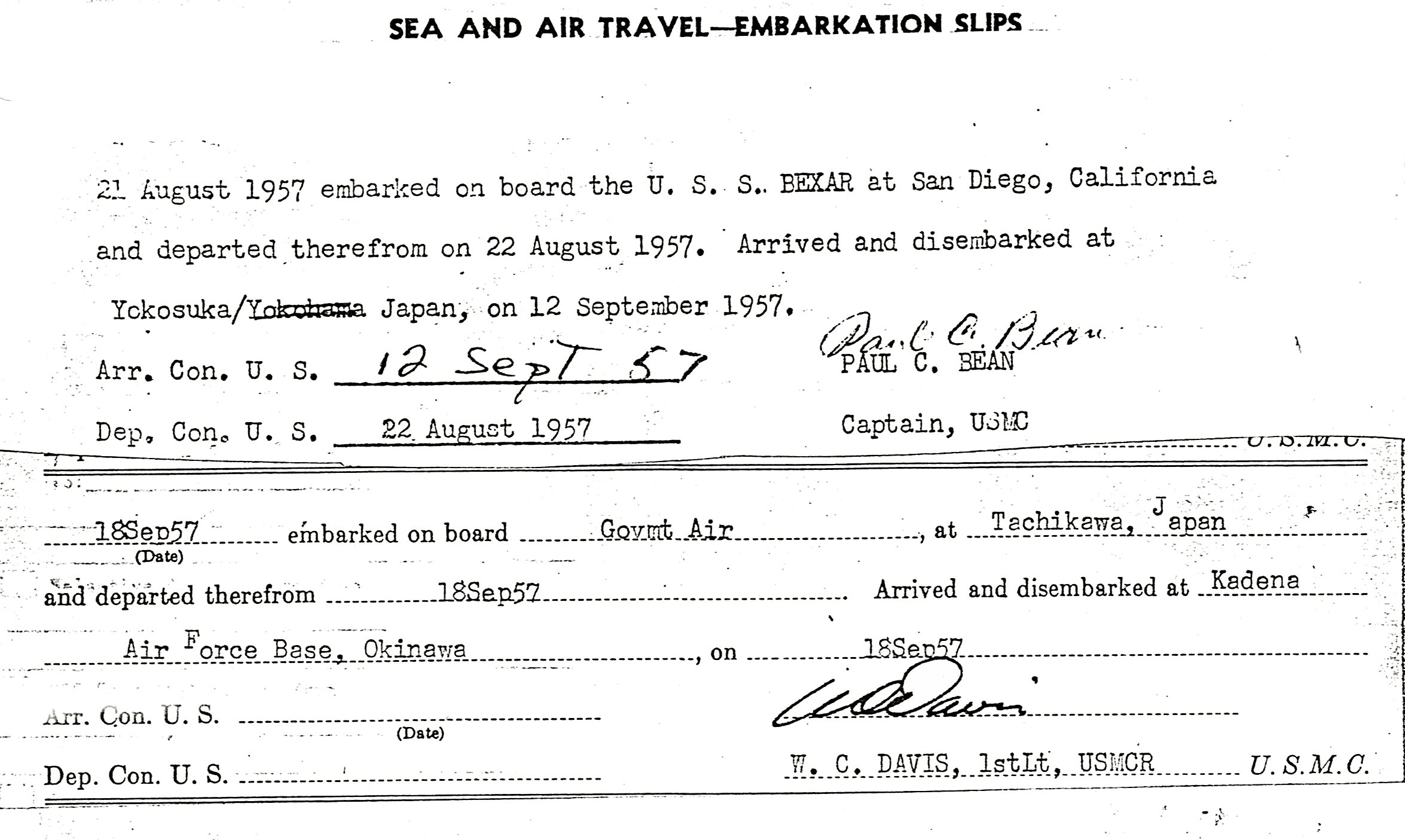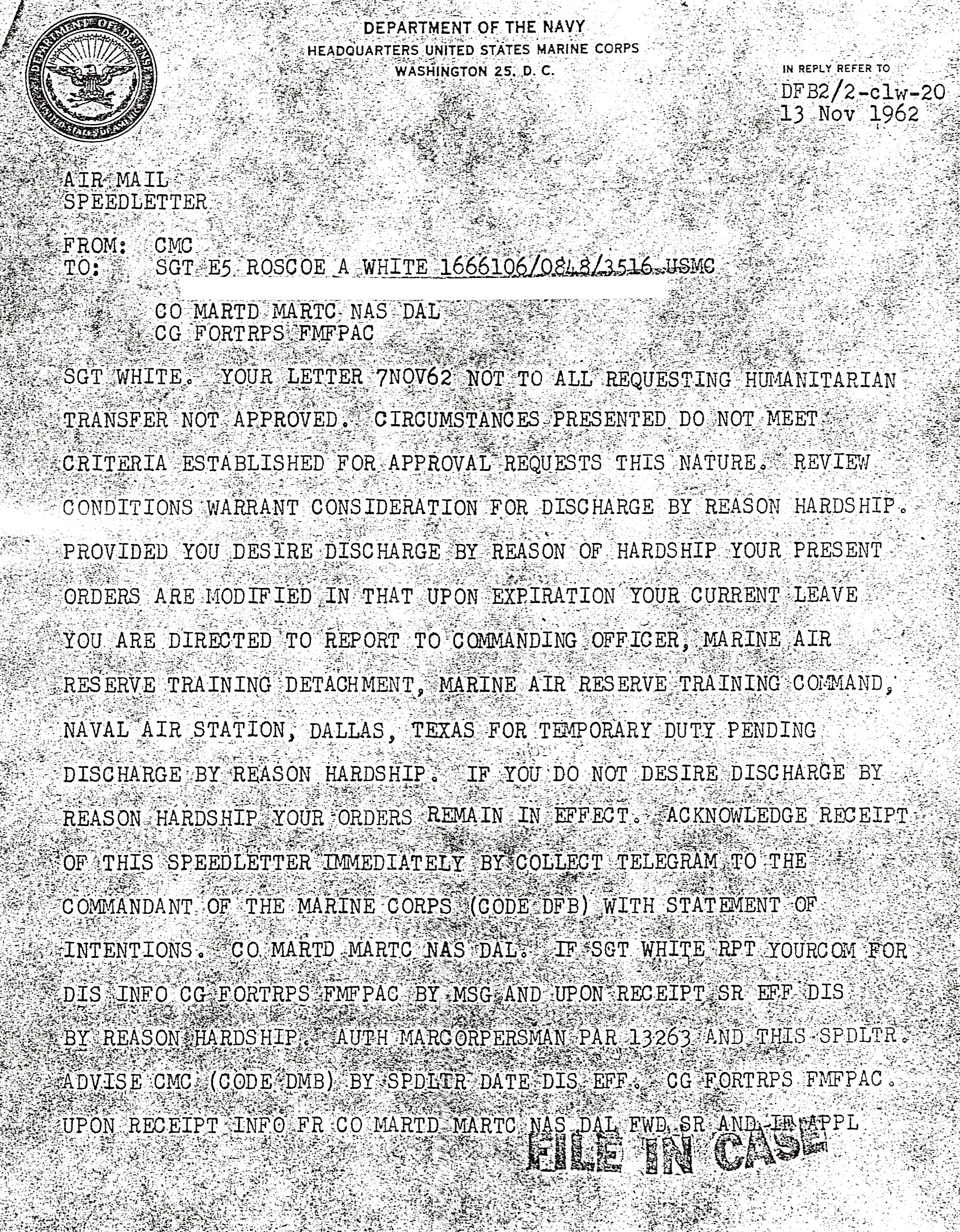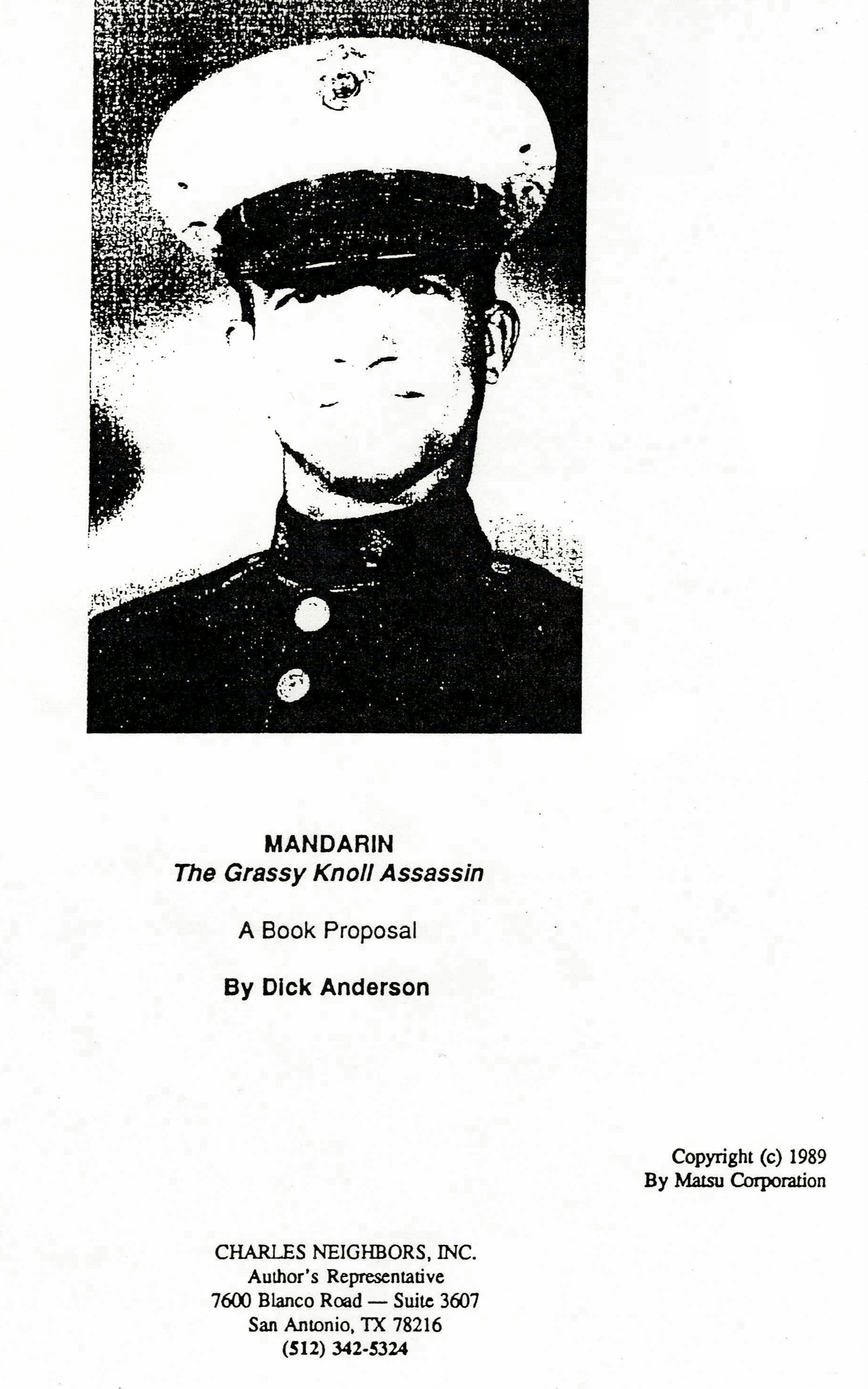|
10] Kevin Walsh, a private investigator hired by
the Assassination Archives and Research Center’s attorney Jim Lesar alerted
Lesar (along with Mary Ferrell and J. Gary Shaw) that, “It is my opinion that
to go forward tomorrow with public accusations will be irresponsible. I hope to
be proven wrong for the sake of the needless embarrassment to innocent
individuals.”
Kevin was
referring to the Ricky White press conference hosted by the JFK Assassination
Information Center and J. Gary Shaw on August 6, 1990.
11]
Phillip Jordan, a supposed confidant
of Ricky White and potentially the Mexico City Man*, told Kevin Walsh in 1990,
“Ricky is likeable and crazy, obsessed with proving his father killed J.F.K.
and that he makes a movie or book and money on the story.”
*Researchers
later discovered the Mexico City Man was not Jordan but Yuriy Ivanovich
Moskalev (q.v.)
12]
Attorney Bud Fensterwald along with
Jim Lesar formed the Assassination Archives and Research Center in Washington,
D.C. At lunch on July 11, 1990, Bud indicated to me and researcher Gus Russo,
without revealing details, that they had solved the case.
Later
at the Ricky White press conference held August 6, 1990, Bud backed off. He
stated that this was, “Ricky White’s story, and if the information checks out
upon further investigation, people will have insight into the crime of the
century.” This change may have resulted from his seeing the results of the
Kevin Walsh investigation.
13] Texas Attorney General Dan Morales issued the
following statement on February 2, 1991.
“So
far everything we have looked at has not given any credibility to anything
these people have been trying to say about the documents and that whole affair”,
said Morales’s aide Ron Dusek
Austin American Statesman, February 2, 1991.
14]
Oliver Stone, “In what appears to be
nothing more than a publicity-seeking hoax, a Texas group that included White's
son and widow presented 'evidence' in 1990 that White was the real assassin
behind the picket fence.” - Stone, Oliver and Zachary Sklar, JFK - The
Documented Screenplay (New York: Applause Books, 1992) p. 20.
15] Donald Morris, (1924/2002) was a United States
naval officer, Central Intelligence Agency (CIA) officer, novelist,
military historian and foreign affairs writer.
On
November 26, 1990, Morris, of The Trident Syndicate, provided a five-page
report matching the language used in the three documents against known
government communications. His review of the wording, paragraph by paragraph
concluded:
“Beyond
any question, the person who concocted these documents never served in any
executive capacity with any arm of the United States government, and has never
drafted, handled, or even been exposed to, any form of government
communications.”
16] James Hale Jr. of The Northern Arizona
Forensic Laboratories was an Examiner of Questioned Documents. He reviewed the
cables. Hale produced a 7-page detailed report. He concluded,
“It
is apparent that texts of Items A (1-3) were produced by a ‘romantic’ novice
typist, considering the chosen lexicon, the use of the capital letter ‘I’
instead of the lower case ‘I’ to represent the numeral ‘1’ in the headings of
each document, the misspelling of the word ‘forgein’ (foreign), and the use of
the redundant phrase “Reply back if not understood.” It is also apparent the
coded lexicon is so clearly understandable; it is intended to convey to the
average reader the sinister nature of the messages.”
“Based
upon research and analysis, the undersigned (Hale) must avert the evidence does
not support its accompanying story, which is, in my opinion, refuted.” Hale
gave 22 specific reasons he considered the documents “spurious.”
17] Attorney Lamar Holley – Holley represented the
White family in their lawsuit against Arrow Chemical Company. Ricky and Geneva
claimed this industrial accident on September 23rd, 1971, at 4:30 PM
was actually a murder. Roscoe was murdered because he would not take on one
more assignment.
“Retired Dallas lawyer Lamar Holley represented the White
family in a lawsuit against the manufacturer of a flammable chemical that
apparently caused the explosion that resulted in Mr. White's death. Mr. Holley said
he considered the lawsuit nothing more than a product liability case.”
Geneva White vs. Arrow Chemical Corporation
No. 71-12361-A 14th Judicial District Court of Dallas County, Texas
18]
Richard Adair - Adair was burned in
the same industrial accident as Roscoe White. He too filed a lawsuit against
Arrow Chemical Corporation. I interviewed Mr. Adair on the morning of September
12, 1990. He was dumbfounded by Ricky and Geneva’s claims about Roscoe.
“There
was a can of chemical under a workbench that was used to clean cement trucks.
There was a leak in the can. I had warned Roscoe several times not to weld near
stored cans or containers because you didn't always know what was in them. It
was just about closing I had turned away to wash my hands when Roscoe lit the
torch and everything went off.”
“Ricky
and someone else from Midland visited me in late 1988 or early 1989. The other
man asked most of the questions. They wanted to know about the fire. The other
man stated he felt that the fire was a successful attempt to kill Roscoe. I was
there and I couldn't believe that.”
19]
Attorney Michael Sebastian
represented Adair in Adair’s lawsuit against Arrow Chemical.
On
September 14, 1990 he stated,
“This was a products liability case. The laws
concerning labeling were not good. The container was not labeled at all. Roscoe
let torch sparks fly into an open container. The City of Dallas was represented
by Clifford McMasters. Arrow Chemical was insured through Employer’s Mutual of
Wausau with Anton Dirksmeyer of Duncanville handling the case for them.”
Richard Neal Adair vs. Arrow Chemical Corporation
No. 74-4179-C 68th Judicial District Court of Dallas County
Texas
20] Dave Perry on the finding of Roscoe White’s
military records.
“OCTOBER
15, 1982 “… the family returned to the Toland home at 2630 W Houston St.
(Paris, Texas). On site, Ricky’s cousins found Roscoe’s Marine Corps footlocker
in a detached shed at the north edge of the property. Inside the trunk, Ricky
found his father's military records, letters from home, and
assorted military memorabilia. At the bottom of the footlocker, Ricky found his
father's diary.” (p. 275) (Emphasis mine)
In
late 1991 I was involved in investigating the Roscoe White story. As part of my
investigation, I tried to obtain Roscoe White’s military records under the Freedom
of Information Act (FOIA). In the end, I was successful. However, one request
required an appeal to the Judge Advocate General of the United States Navy. The
request was for the names of any other individuals who
requested Roscoe White’s military records.
My
appeal was upheld. There were two other individuals who requested and
received copies.
There
was 1] Attorney James Lesar of the Assassination Archives and Research Center
in Washington, D.C. Mr. Lesar’s request was approved on November 20, 1990.
Surprisingly
number 2] was Ricky White whose request was approved on December 2,
1988.
This
begs the question – if Ricky had Roscoe’s military records by October 15, 1982,
why was he requesting them again six years later!
“A truth that's told with bad intent, beats all the
lies you can invent.”
William Blake, (1757 – 1827) Auguries
of Innocence
Dave Perry January 8, 2025
|
